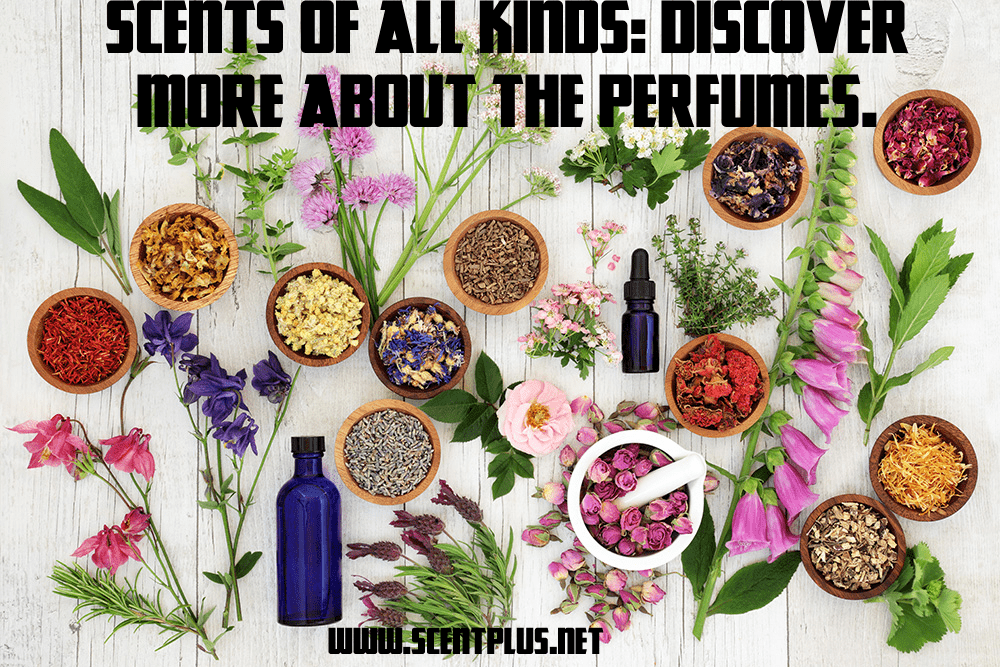

If you’re like most people, you probably don’t give much thought to scent. But did you realize that various olfactory families correspond to distinct scents? We’ll educate you about olfactory families and how to recognize the odors around you in this blog article.
Olfactory families and subfamilies are used to categorize perfumes. This is due to the product’s individuality being shaped by the prominence of certain notes in its composition.
Are you able to tell the difference between a flowery and a woodsy scent? Are you familiar with the term “earthy”? This is an example of an olfactory family. An olfactory family is a collection of odors with a similar aroma. Floral, woodsy, citrus, and earthy are examples of common olfactory families.
Find out about the well-known Visit Us: Scent Plus
- fresh and light, with a citrus touch. Eucalyptus | Rosemary | Aloe Vera | Bamboo | Cidreira Grass | Lemon Grass | Green Tea | Fennel | verbena | Mint | Chlorophyll
- WOODY – as the name suggests, they’re made up of a variety of woods, resulting in drier, less pleasant scents. Cinnamon, soil, and/or tobacco are all present. They also tend to have spicier natural notes.
Jasmine, Sandalwood, and noble woods are some of the most popular scents. They’re virtually always found in men’s fragrances. They’re commonly utilized as a basis in refined and beautiful scents. They’re also excellent floral allies. Amber | Coffee | Patchouli | Vetiver | Ylang Ylang | Cedar | Palo Santo | Amber | Coffee | Patchouli | Vetiver | Ylang Ylang | Cedar | Palo Santo
- HERBAL OR AROMATIC – the outcome of a combination of herbal components. Citrus scents, lavender, and typically oriental spices combine to make these smells stand out. They really are.
- CITRIC – are perfumes that are lighter, fresher, and more striking, ideal for everyday usage. Lemon, orange, and mandarin notes, as well as some wood notes, are present. Scents that are best suited to warmer climates and seasons. They are the ones that make you feel energized.
However, because they are more volatile grades, they must be reapplied more frequently. Orange | Lemon | Bergamot
- FLORAL – unquestionably the most popular and wealthy olfactory family, and frequently a woman’s choice! It’s made up of jasmine branches, roses, gardenias, and other flowers mixed together. They can be served in their natural state, with oriental accents, or even spiced. They are refined and charismatic, with a delicacy and/or sensuality to give.
Gardenia | Jasmine | Roses | Violets | Lavender | Cherry Blossom | Chamomile | Gardenia | Jasmine | Roses | Violets
-
Strawberry. Visit Us: Scent Plus
- FRESH – a clean and invigorating scent that combines citrus notes with natural elements such as grass and green foliage. They have a softness and freshness to them, as well as maritime overtones. Acqua | Baby | Bamboo | Breeze | Lemon Grass | White Tea | Acqua | Acqua | Acqua | Acqua | Acqua | Acqua | Acqua | Acqua |
- THE ORIENTALS — the most refined, opulent, and exquisite fragrances. The exuberance of hot and spicy elements like vanilla, cinnamon, and orchids makes them stand out. Balsamic, resins, and spices are among the components that add intrigue and sensuality to the fragrance. Orchid | Vanilla | Cinnamon | Tonka Bean
- FRUIT – very adaptable. You might get a varied sense of their personality depending on the fruit note you use. It typically gives off a vivid, young vibe. It might have a zesty or sweet flavor. Pineapple | Pitanga | Tangerine | Plum | Pear | Papaya | Passion Fruit
Visit Us: Scent Plus
- SPICES: in fragrance, seasonings have their own individuality. They can be spicy, such as cinnamon and cloves, giving it a more rustic and encompassing feel. While ginger and cardamom have more lively and effervescent features, they may also have a calmer nature. Carnation | Basil | Pepper | Anise | Cinnamon | Ginger | Carnation | Basil | Pepper
Now we want to know, what is your favorite olfactory family?
Read other articles :
Discover the secrets of fragrance perception with the olfactory pyramid.